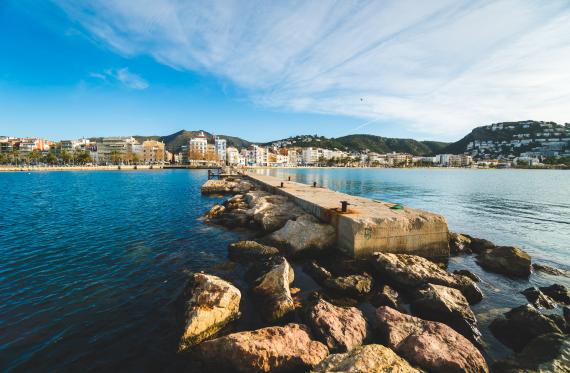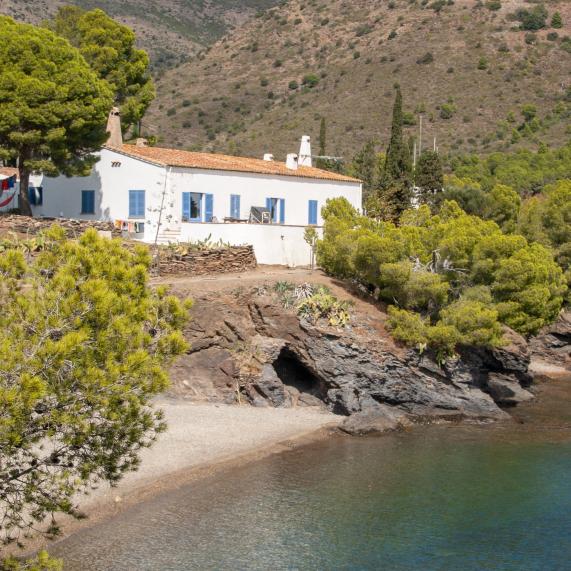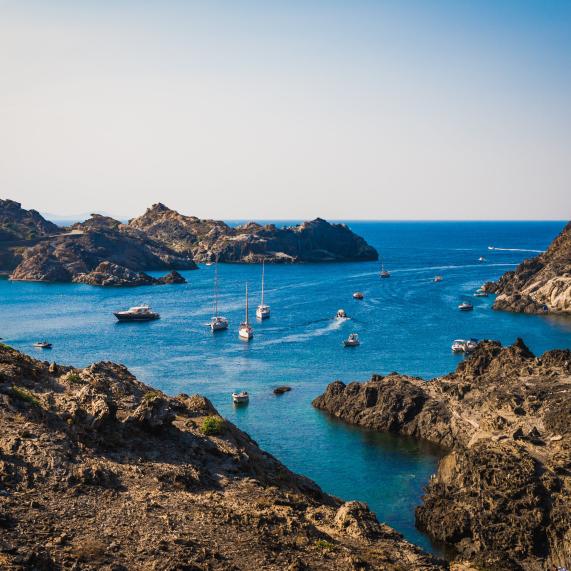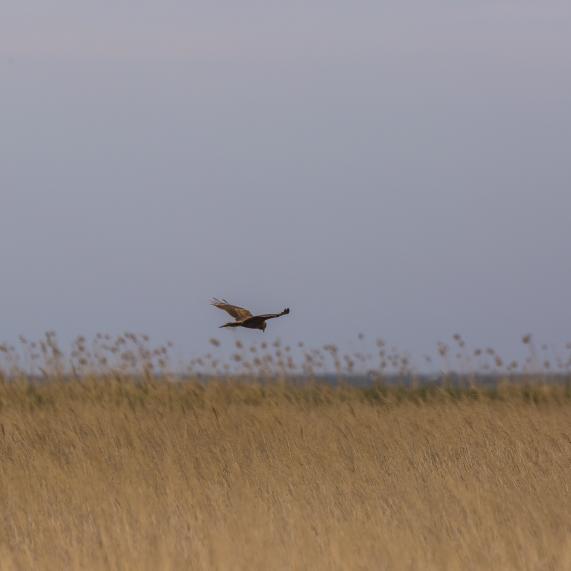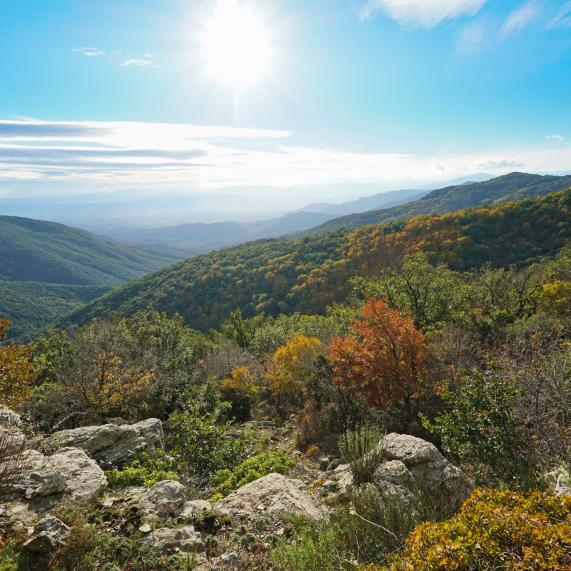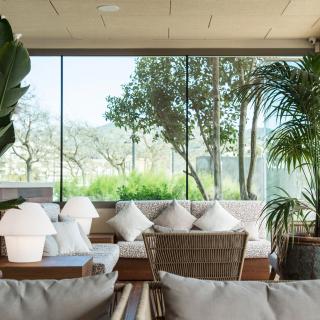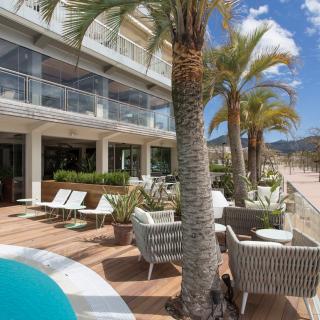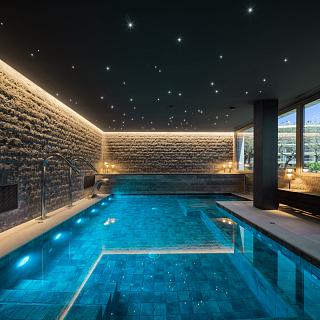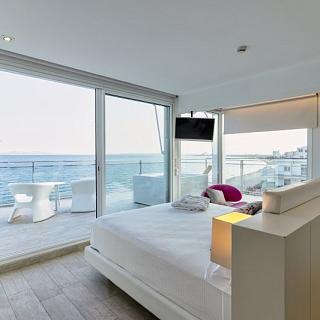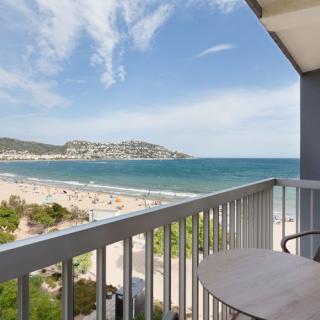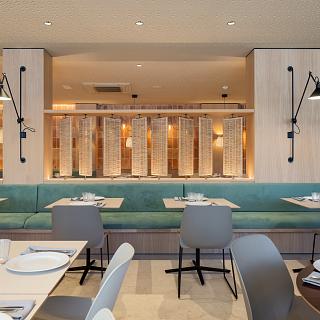Albera Natural Park
The Sierra de l’Albera is the easternmost stretch of the Pyrenees, from Pertús to the Mediterranean Sea. This massif separates the great plains of Empordà and Roussillon (France). It is well differentiated by two sectors: the western, or Requesens-Baussitges, and the eastern, or Sant Quirze de Colera-Balmeta.
The first presents the wettest and highest areas, with almost 100% forest coverage and an extraordinary varied vegetation, made up of cork oaks, holm oaks, chestnut groves, oak groves, beech groves and the meadows of the higher zone. The Requesens area comprises the headwaters of the Anyet river and is characterized by riverside vegetation, splendid with willows, ash trees and alders.
The Baussitges area, for its part, embraces the upper valley of the Orlina River, where the easternmost beech populations of the Peninsula persist.
The Sant Quirze de Colera sector is structured around the important Monastery of the same name, a true jewel of Catalan Romanesque art, and is fully Mediterranean in character. Places of interest to visit: Sant Quirze de Colera Monastery, Requesens Castle, Puig Neulós, Albera Turtle Breeding Center.



